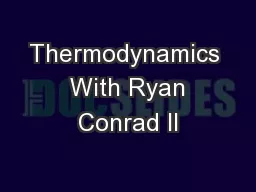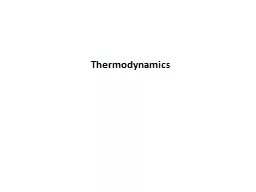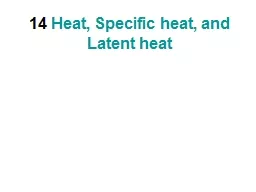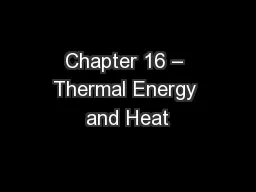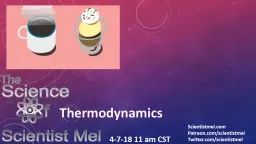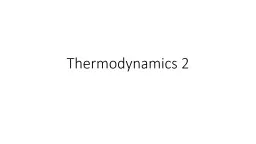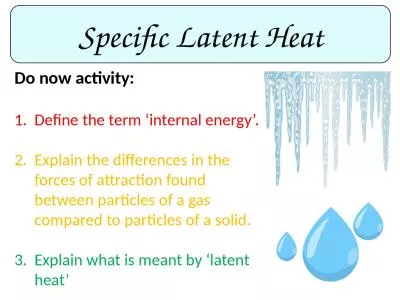PPT-Unit II First law of thermodynamics, Internal energy, Heat capacity, Specific heat and
Author : bitsy | Published Date : 2023-10-04
Clausius Clapeyron equation Temperature dependence of entropy Statistical interpretation of entropy Consequences of third law Nernst heat theorem Equilibrium constant
Presentation Embed Code
Download Presentation
Download Presentation The PPT/PDF document "Unit II First law of thermodynamics, Int..." is the property of its rightful owner. Permission is granted to download and print the materials on this website for personal, non-commercial use only, and to display it on your personal computer provided you do not modify the materials and that you retain all copyright notices contained in the materials. By downloading content from our website, you accept the terms of this agreement.
Unit II First law of thermodynamics, Internal energy, Heat capacity, Specific heat and: Transcript
Download Rules Of Document
"Unit II First law of thermodynamics, Internal energy, Heat capacity, Specific heat and"The content belongs to its owner. You may download and print it for personal use, without modification, and keep all copyright notices. By downloading, you agree to these terms.
Related Documents

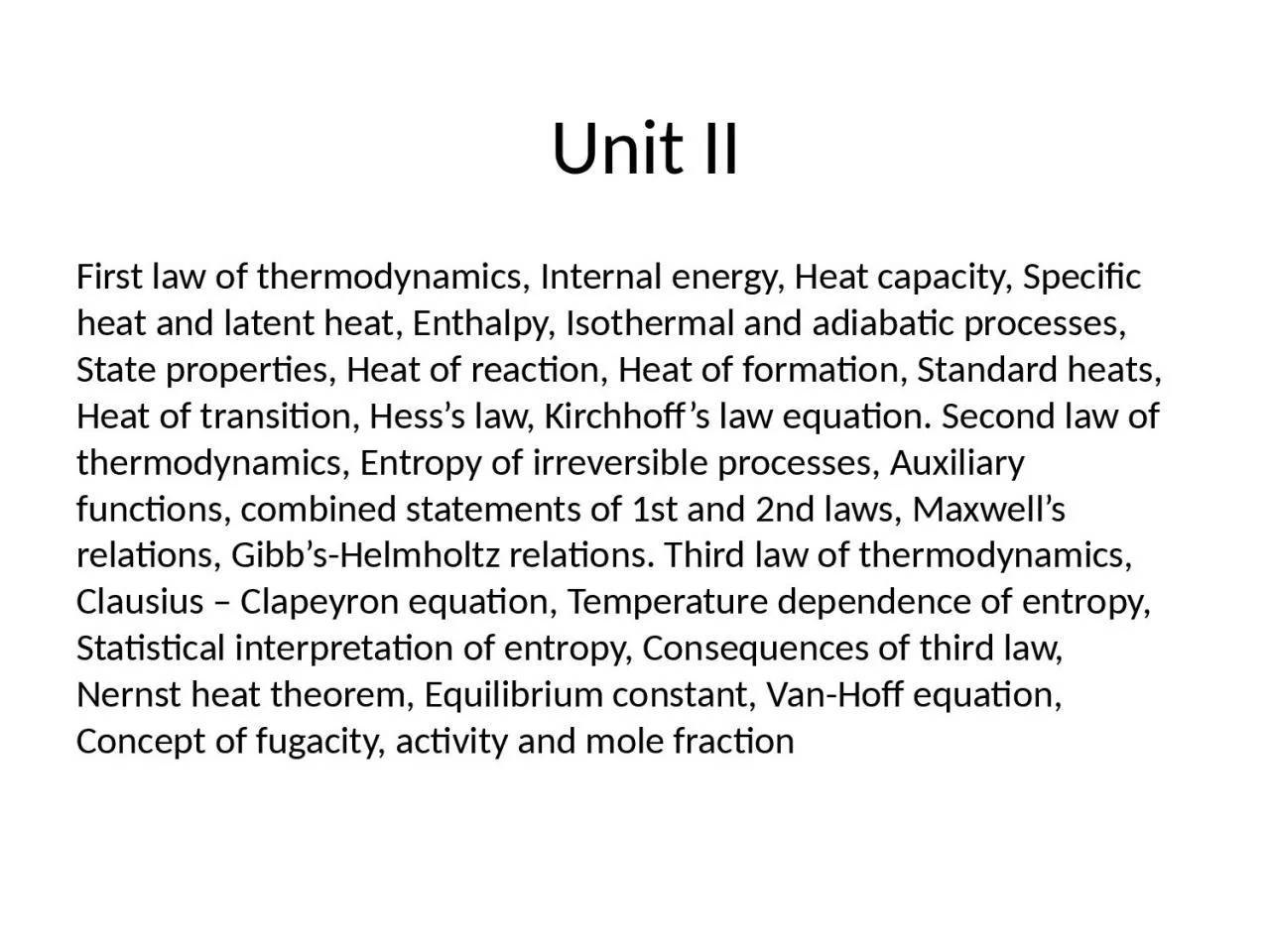
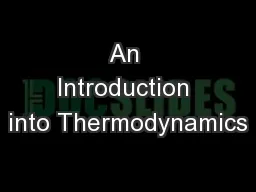

![1 L 19 - Thermodynamics [4]](https://thumbs.docslides.com/641790/1-l-19-thermodynamics-4.jpg)
